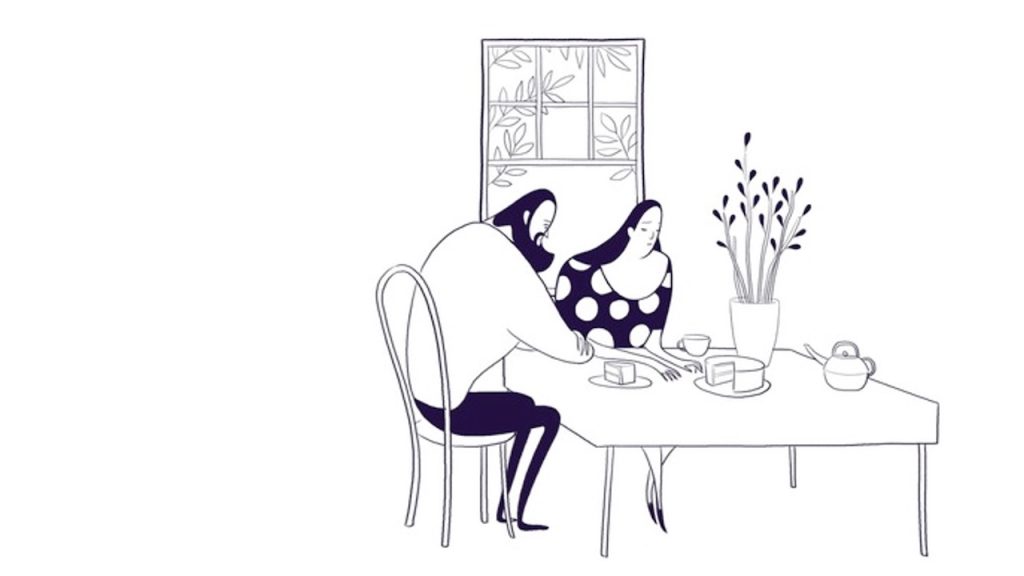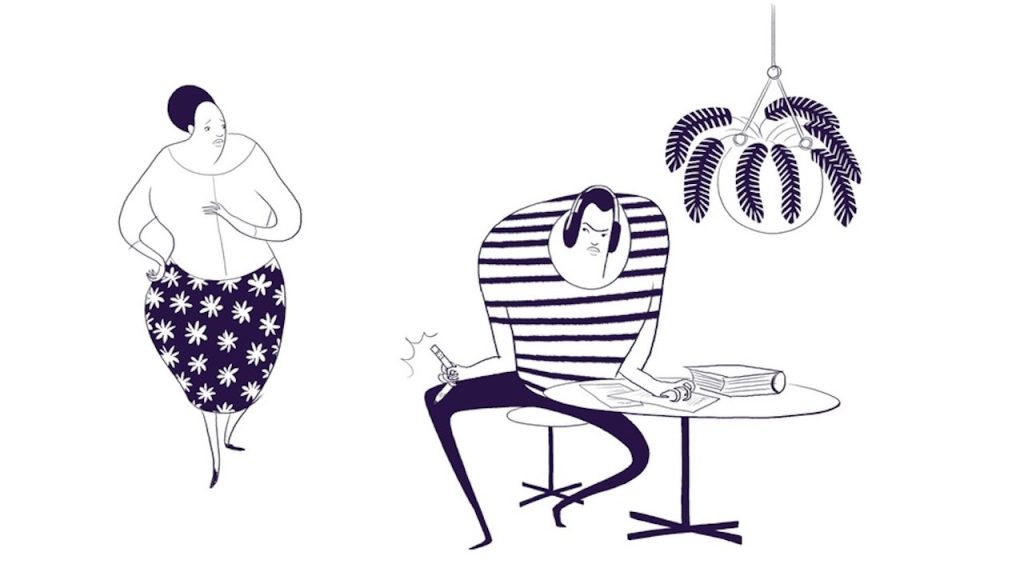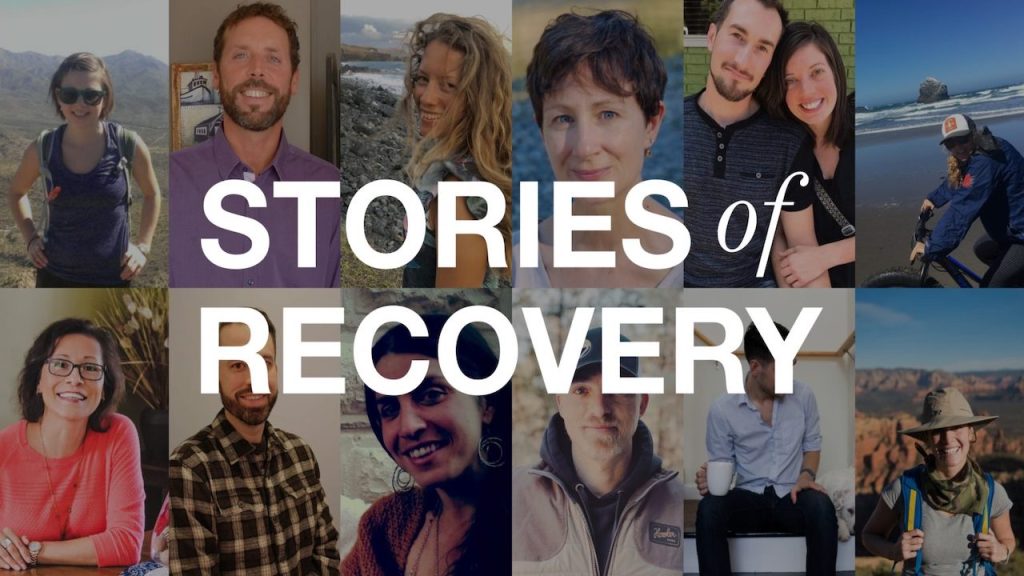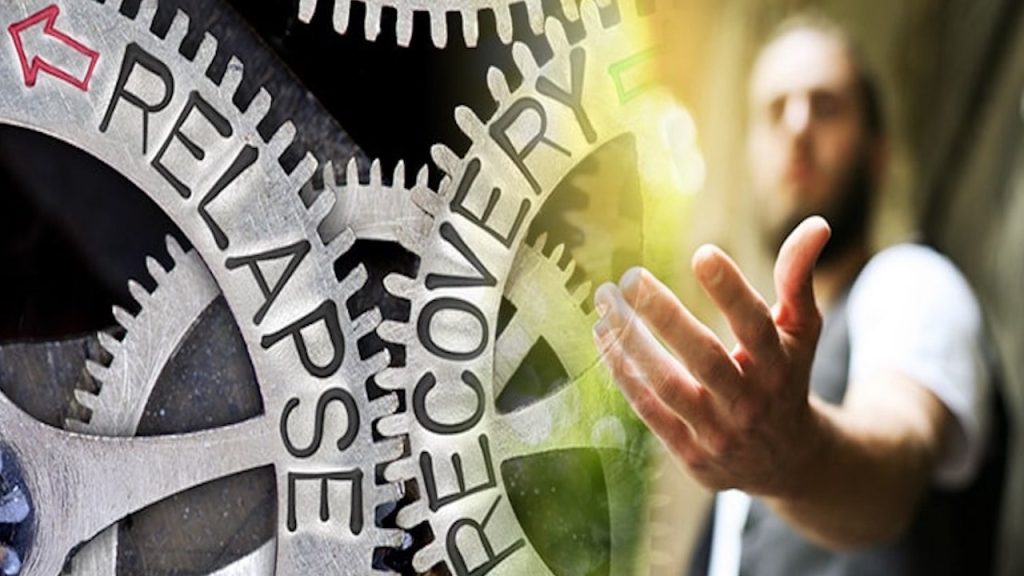If We Kick Him Out, Will His Drug Use Worsen?

This post originally appeared on our Member Site blog, where experts respond to members’ questions and concerns. To take advantage of our current special offer and get full access to the Allies in Recovery eLearning program for families, click here.
“I read somewhere that sending kids out of the home, increases their drug usage by 30%. I am worried that my son will go from adderall addiction to something worse. How do I live with the decision to stick to my boundaries (of no drugs in my home) when I know that usage could become much worse?”
Dominique Simon-Levine reassures this mother that the boundaries she has set should always be maintained
I am not aware of a study that follows adult children out of the home and finds increased drug use. I do see where it could lead to more drug use if the only choice of where to go once out of the house is into the arms of gangs, peers who use, and/or the streets.
1. When we talk about asking a loved one to leave the house, we frame it in two important ways: Leaving the house is conditional on continued use. The loved one is told they are loved and would be welcomed back once they commit to addressing their addiction. Taken to its extreme, we suggest a day bed and a locker in a common space, where the loved one can come FOR EVEN ONE NIGHT when they are not using. The day bed can be considered figurative and literal, as a way to manifest what the family is impressing on the loved one. Turn up sober and you can stay the night. When you’re high, find someplace else to land. The day bed space is by definition conditional, not particularly cozy and not a place to ‘hide out’.
2. A request to leave the house is coupled with a list of where the loved one can go. This includes detox, inpatient, stabilization unit, dry or wet (they allow people in who are not sober) shelters, perhaps a few rooms available to rent, perhaps help paying the first month. These destinations include transport by you and other practical help where needed.
The message is: We are still here to help. You can’t stay here because you are using. By allowing you to stay under our roof, we are enabling your use.
Your influence may be limited in some areas
Whether or not your loved one is living at home is unlikely to affect which drugs your loved one has access to and which drug(s) (s)he ends up liking the best. You probably don’t have sufficient influence to affect which drugs your son chooses to use.
But with CRAFT you can gain so much useful influence in other areas
So much of what we say on this site sounds like it has to be taken on faith. Please remember though that this framework, called CRAFT, is very well studied. It is a template for how families can break through, regain peace in their lives, and shepherd a loved one towards help. I hope that these blog posts are helping our families see how to apply CRAFT to many different situations.
Yes, the family DOES have a role to play. Your stance, behavior, and choices DO make a difference. At Allies in Recovery we are absolutely convinced of this. “Tough love” is not a successful technique. Our learning platform is set up to help family members learn the techniques that will reduce conflict, build that bridge of communication, and be effective in guiding your loved one into treatment. Together we will move your loved one towards recovery. Learn more here.











